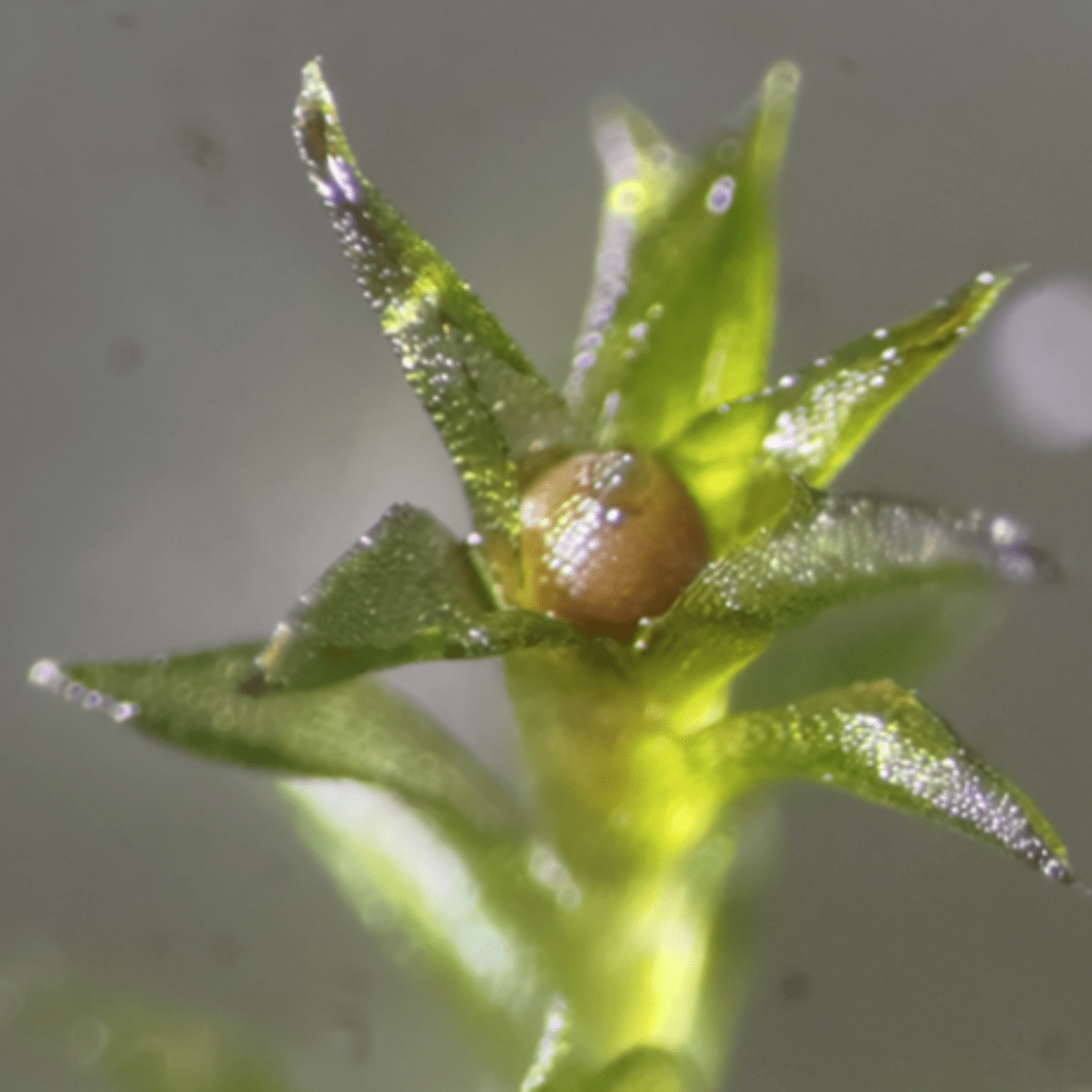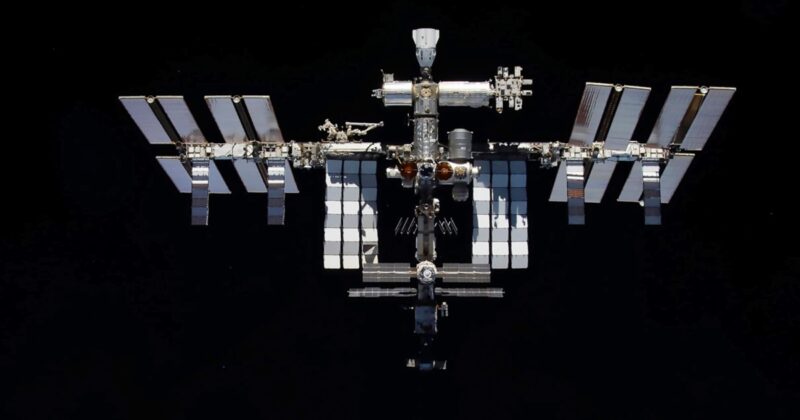
Mosses are thought to have descended from ancestral plants that started moving out of water to colonize dry land roughly 450 million years ago.
The organisms are known to be extremely hardy, able to grow everywhere from the Antarctic tundra to the peaks of the Himalayas to volcanic lava fields to all manner of aquatic habitats.
Fujita said he was inspired by that impressive resilience.
“I began to wonder: could this small yet remarkably robust plant also survive in space?” he said.
His team started by studying a type of moss known as Physcomitrium patens in simulated space environments in a lab on Earth, including extreme hot and cold temperatures, vacuum conditions and high levels of UV radiation.
They determined that moss sporophytes — encapsulated spores that function as reproductive structures — were the parts of moss most likely to survive in space because they seemed able to endure high levels of UV radiation. The spores were also capable of germinating after being exposed to both scorching temperatures of 131 degrees Fahrenheit for a month and minus 320 degrees F for over a week.
So in March 2022, the researchers sent hundreds of moss sporophytes to the International Space Station aboard a cargo spacecraft made by the aerospace company Northrop Grumman. Astronauts at the orbiting outpost attached the sporophyte samples to the outside of the space station, where they remained for 283 days.
The moss samples were then returned to Earth on a SpaceX cargo mission in January 2023.
The researchers found that over 80% of the spores survived their nine-month stint outside the space station. Of those, almost 90% were able to germinate again in a lab on Earth.








